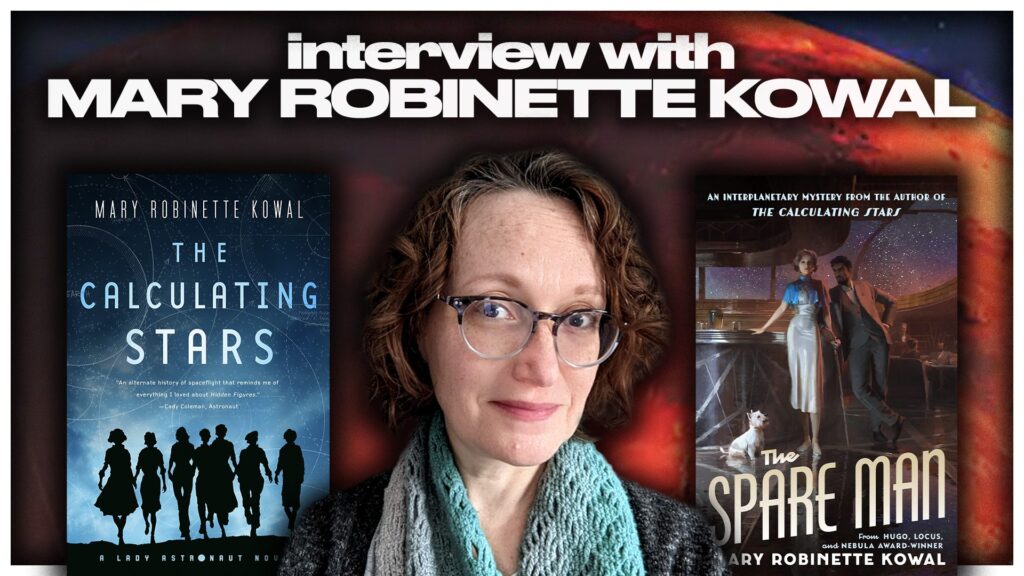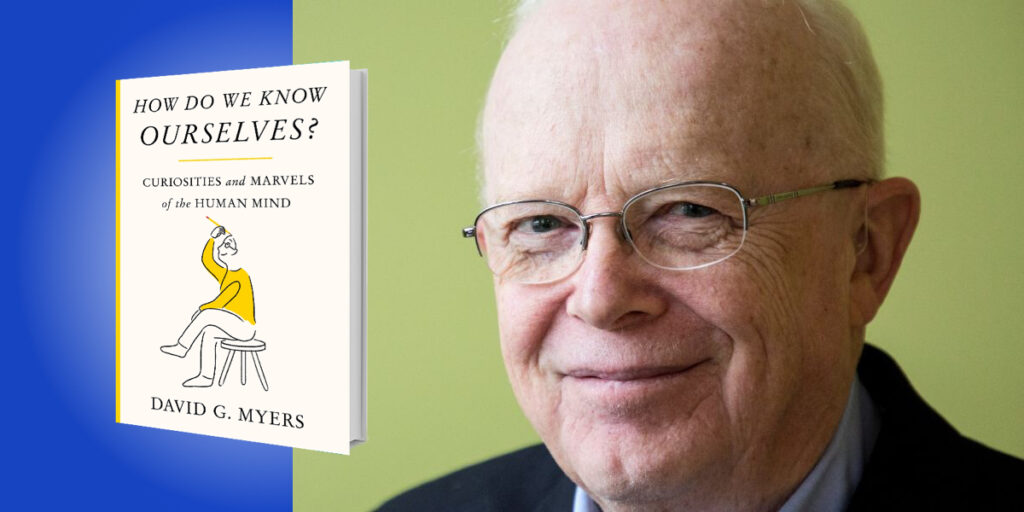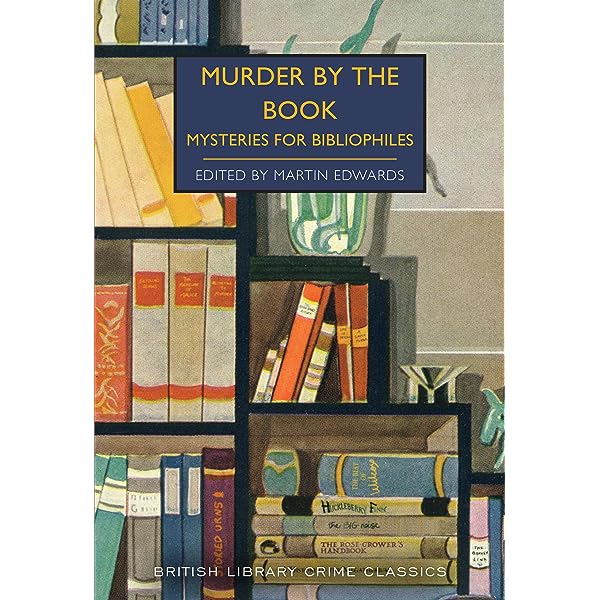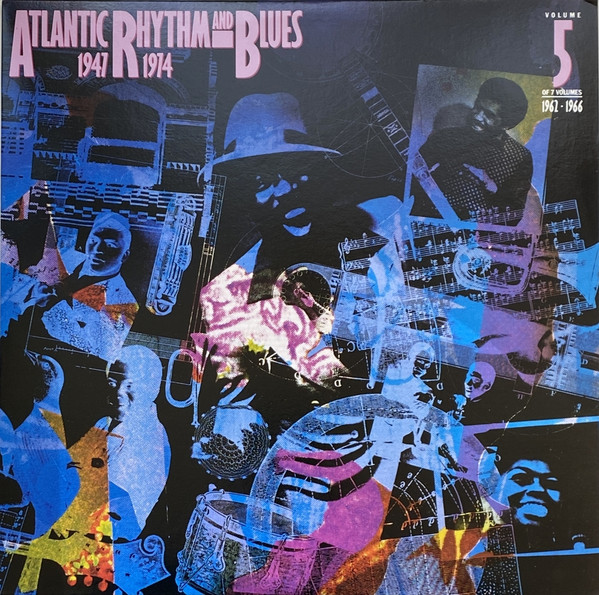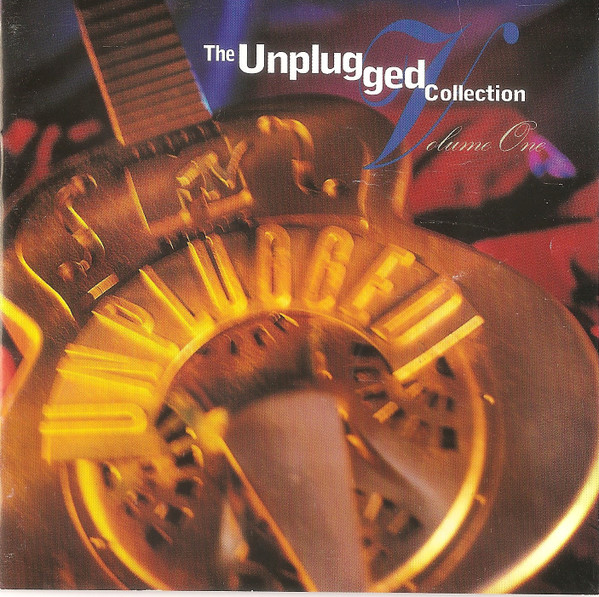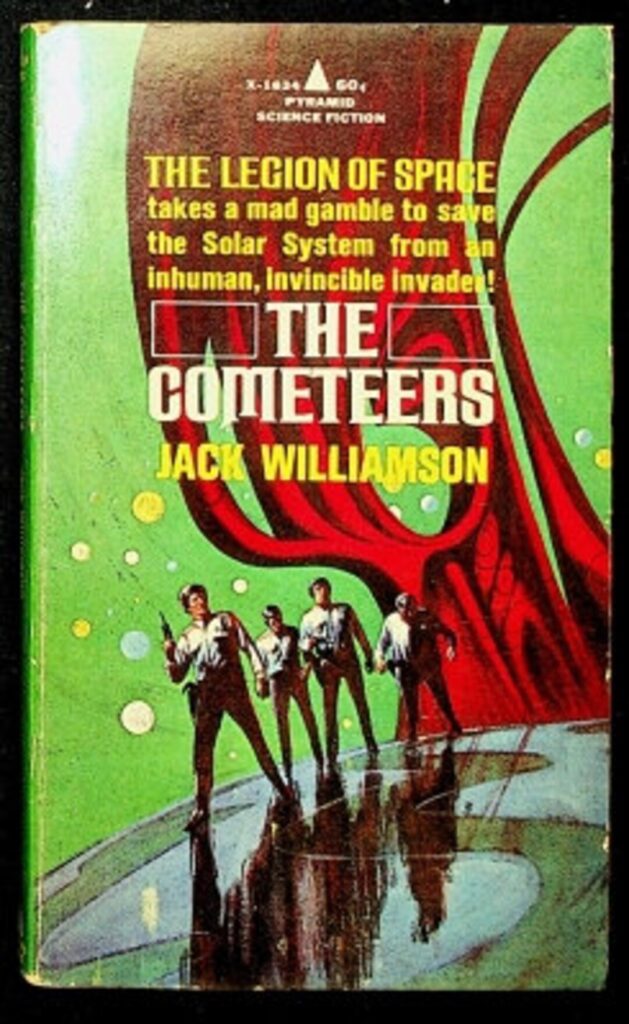“There are two essential ingredients for an anthem. First is timelessness. An anthem is a song that transcends genres, generations, and eras, to continually reach new fans over the decades.
The second, and more important is universality.” (p. xvii)
I won’t argue with Steve Baltin’s definition of rock “anthems” but I will argue with some of Baltin’s 29 song choices. I have no problem with The Temptations’ “My Girl” or The Beach Boys iconic “God Only Knows.” I enjoyed Grace Slick providing her views on “White Rabbit”:
“[White Rabbit] has a buildup, the same way that sex has a buildup. You start kissing, then you start feeling around. Then you get into bed and take off your clothes and then you poke like crazy and then, oh boy! A climax. That the way “White Rabbit” is. It stars off softly and comes to a climax in the end. So people are geared to like that progression.” (p. 28)
Grace Slick wrote “White Rabbit” and admits she “borrowed” from Ravel’s “Bolero” and Alice in Wonderland to create the song. She’s surprised that “White Rabbit” appears in the movie Platoon, the animated TV series Futurama, The Sopranos, American Dad, Skull Island, The Handmaid’s Tale, and a dozen other series and films.
I also enjoyed Carly Simon sharing the origins of “Anticipation” which she wrote in 20 minutes while waiting for her date to show up. As much as I love Linda Ronstadt, “Skylark” is not the song that I associate with her long career of hits. The same goes with the selection of U2’s “One” which wouldn’t be at the top of my Favorite U2 songs.
Do you remember these anthems? Any favorites? GRADE: B
Table of Contents
Foreword Cameron Crowe ix
Prologue Spencer Proffer xiii
Introduction xvii
1 The Temptations, “My Girl” 1
2 The Beach Boys, “God Only Knows” 11
3 The Doors, “Light My Fire” 19
4 Jefferson Airplane, “White Rabbit” 27
5 Neil Diamond, “Sweet Caroline” 37
6 The 5th Dimension, “Aquarius/Let the Sunshine In” 47
7 Crosby, Stills, Nash & Young, “Our House” 55
8 The Jackson 5, “ABC” 61
9 Carly Simon, “Anticipation” 69
10 Don McLean, “American Pie” 79
11 The Spinners, “I’ll Be Around” 87
12 Barry Manilow, “Could It Be Magic” 95
13 KISS, “Rock and Roll All Nite” 103
14 Janis Ian, “At Seventeen” 111
15 Hall & Oates, “Sara Smile” 121
16 Aerosmith, “Walk This Way” 129
17 Bob Marley, “One Love/People Get Ready” 137
18 Earth, Wind & Fire, “September” 143
19 CHIC, “Le Freak” 151
20 TOTO, “Africa” 159
21 Linda Ronstadt, “Skylark” 167
22 Tears for Fears, “Everybody Wants to Rule the World” 173
23 Fleetwood Mac, “Big Love” 181
24 U2, “One” 189
25 Shania Twain, “You’re Still the One” 199
26 Tom Waits, “Take It With Me” 209
27 TLC, “No Scrubs” 217
28 Linkin Park, “In the End” 225
29 My Chemical Romance, “Welcome to the Black Parade” 235
Notes 247
Acknowledgments 249
About the Author 252
